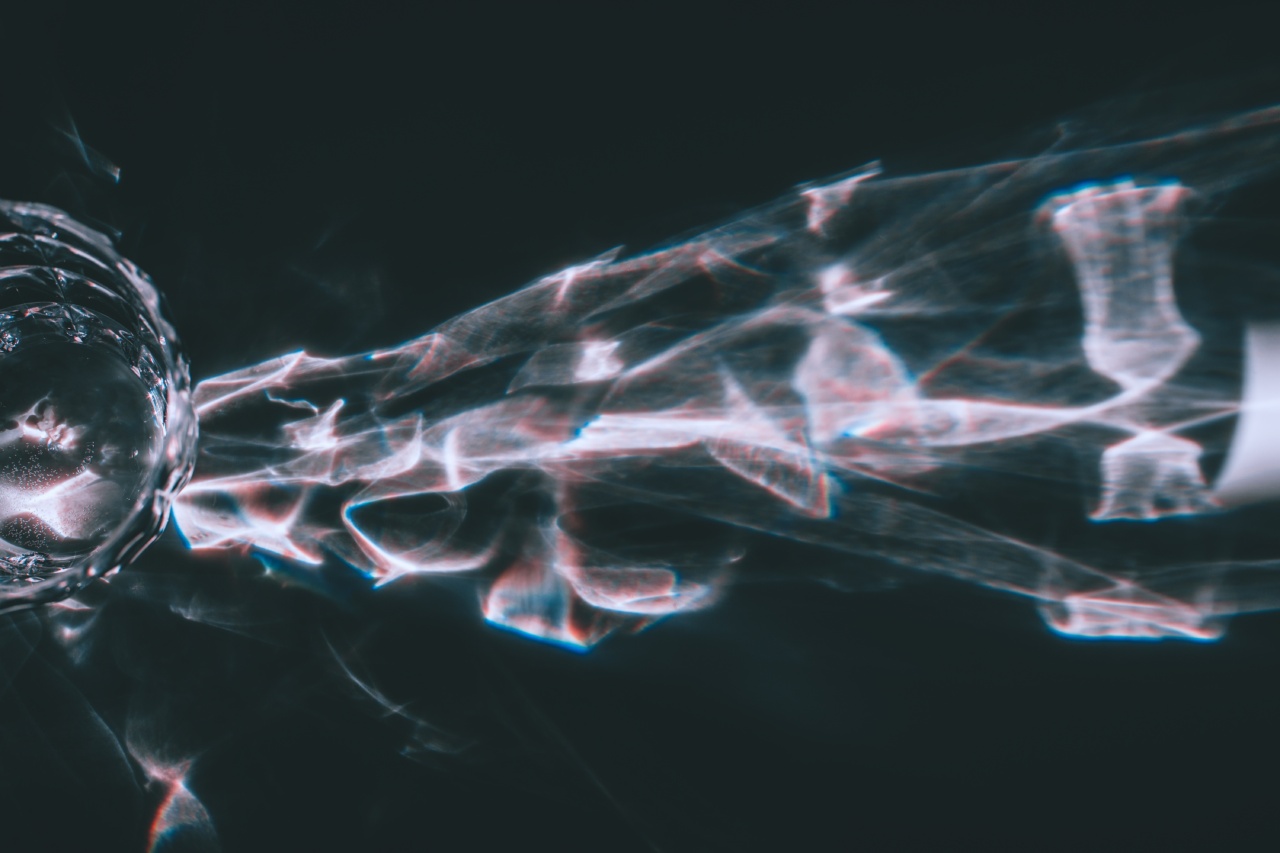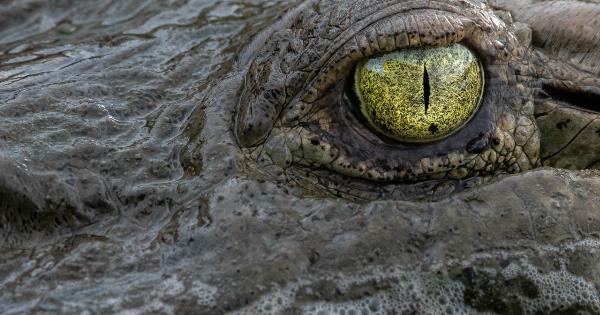Migraines are a type of headache that is characterized by severe throbbing pain in the head accompanied by other symptoms such as nausea, vomiting, and sensitivity to light, sound or smells.
Migraines can be debilitating and can affect a person’s ability to perform everyday tasks.
Visual Clues for Migraine Symptoms
Migraines can be difficult to diagnose as there are no specific tests to confirm the diagnosis. Healthcare professionals rely on taking a detailed medical history and performing an examination to diagnose migraines.
Visual clues can help in diagnosing migraines, as migraines are more than just a headache. Migraines are usually characterized by a set of symptoms which include:.
1. Throbbing Headache
Migraine headaches are usually intense, throbbing and severe. The pain alternates between both sides of the head and can last for a few hours to a few days.
2. Sensitivity to Light, Sound, and Smells
Migraine sufferers are highly sensitive to light, sound, and smells. They often seek a quiet, dark place to rest during an attack. Loud noises, bright lights, or certain odors can intensify the headache and make it hard to bear.
3. Nausea and Vomiting
Migraines often cause nausea and vomiting. Sufferers feel queasy and may even vomit during an attack. These symptoms can last for several hours and worsen the overall migraine experience.
4. Aura
Aura is a visual disturbance that some people experience before a migraine attack. Aura can include seeing flashing lights, zigzag patterns or experiencing temporary blindness in one eye.
Aura usually lasts for a few minutes to an hour before the onset of headaches.
5. Tingling or Numbness in Arms, Legs or Face
Some migraine sufferers experience numbness or tingling sensations in their arms, legs or face before an attack. This sensation is known as paresthesia and is a type of aura that affects the nervous system.
6. Mental Confusion
Migraines can cause confusion and difficulty in concentrating during an attack. Some people experience difficulty in speaking, reading, and writing during an attack due to increased brain activity.
7. Stiff Neck
Migraines can cause a stiff neck, and some people experience soreness in their neck muscles. This stiffness can last for several hours and can intensify the pain associated with migraines.
8. Changes in Appetite
Migraines can cause changes in appetite. Some people may crave certain foods or have no appetite at all during an attack. This symptom is usually temporary and subsides after the attack ends.
9. Fatigue and Weakness
Migraines can cause fatigue and weakness as the body is under stress during an attack. These symptoms can last for several hours after the attack subsides and can interfere with day-to-day activities.
10. Depression and Anxiety
Migraines can have a significant impact on a person’s quality of life. People who suffer from migraines are at a higher risk of experiencing depression and anxiety than the general population.
Conclusion
Recognizing visual clues for migraine symptoms can help healthcare professionals diagnose migraines accurately. Migraines are more than just a headache and have a set of symptoms that distinguish them from other types of headaches.



























